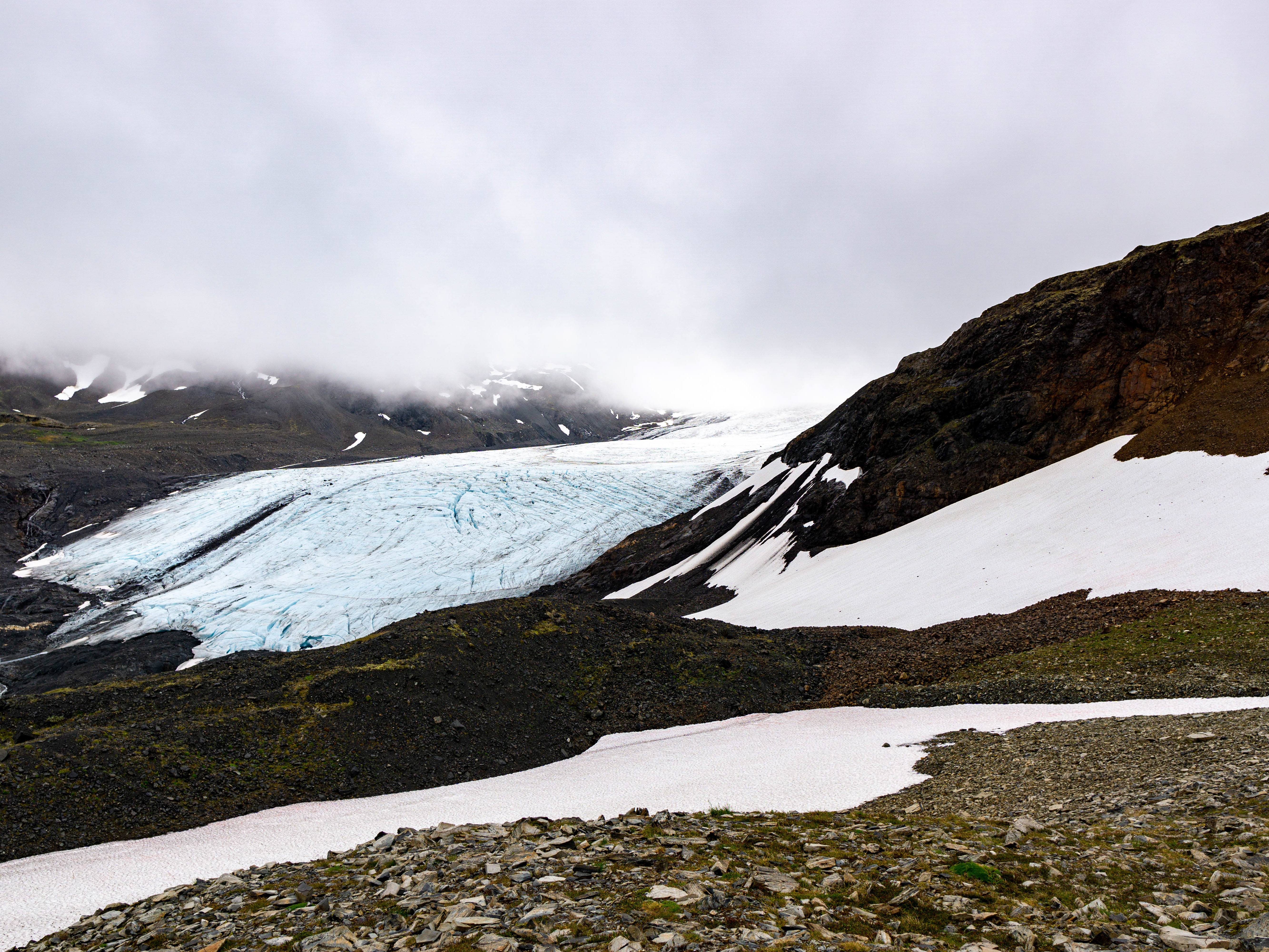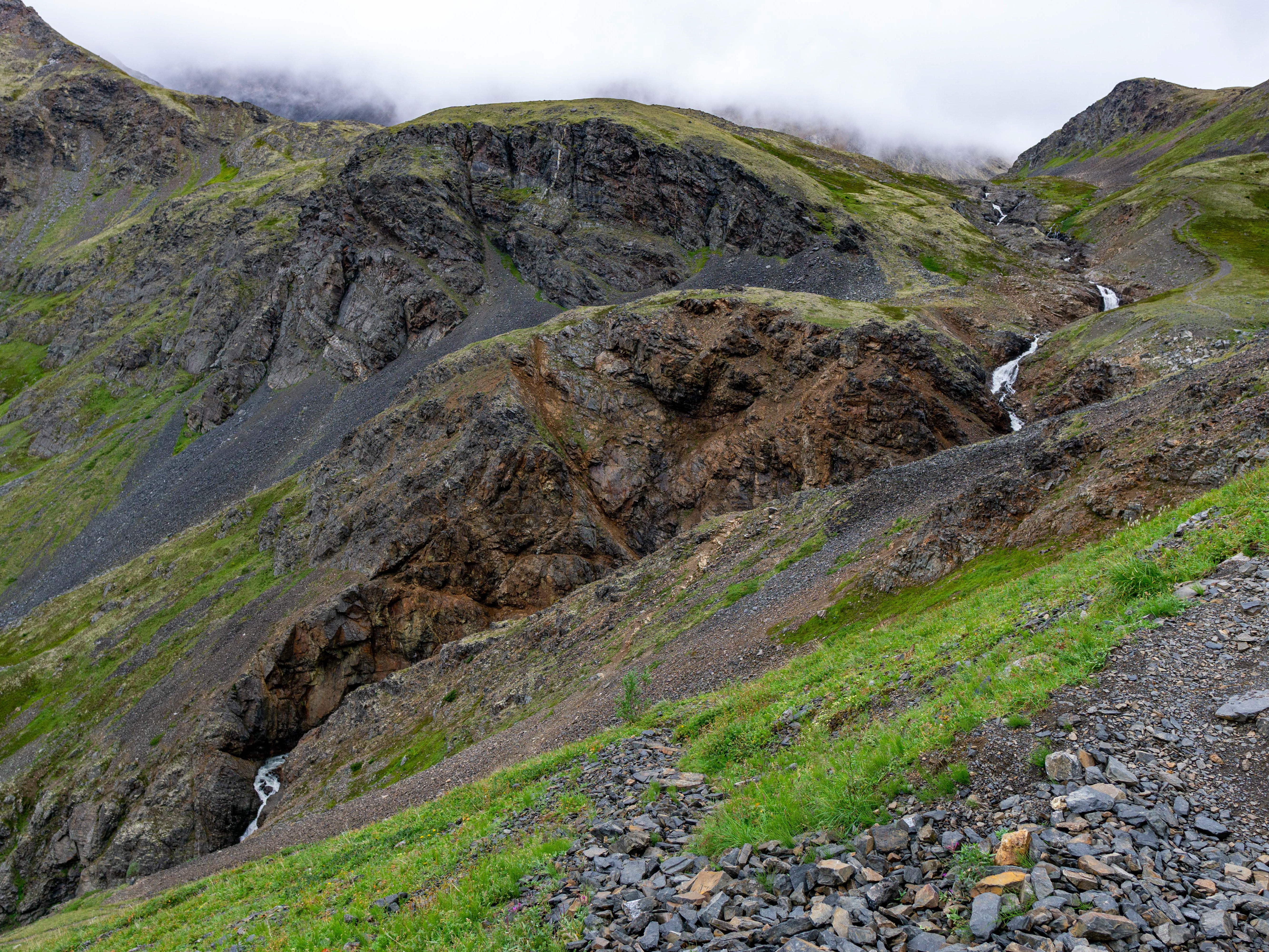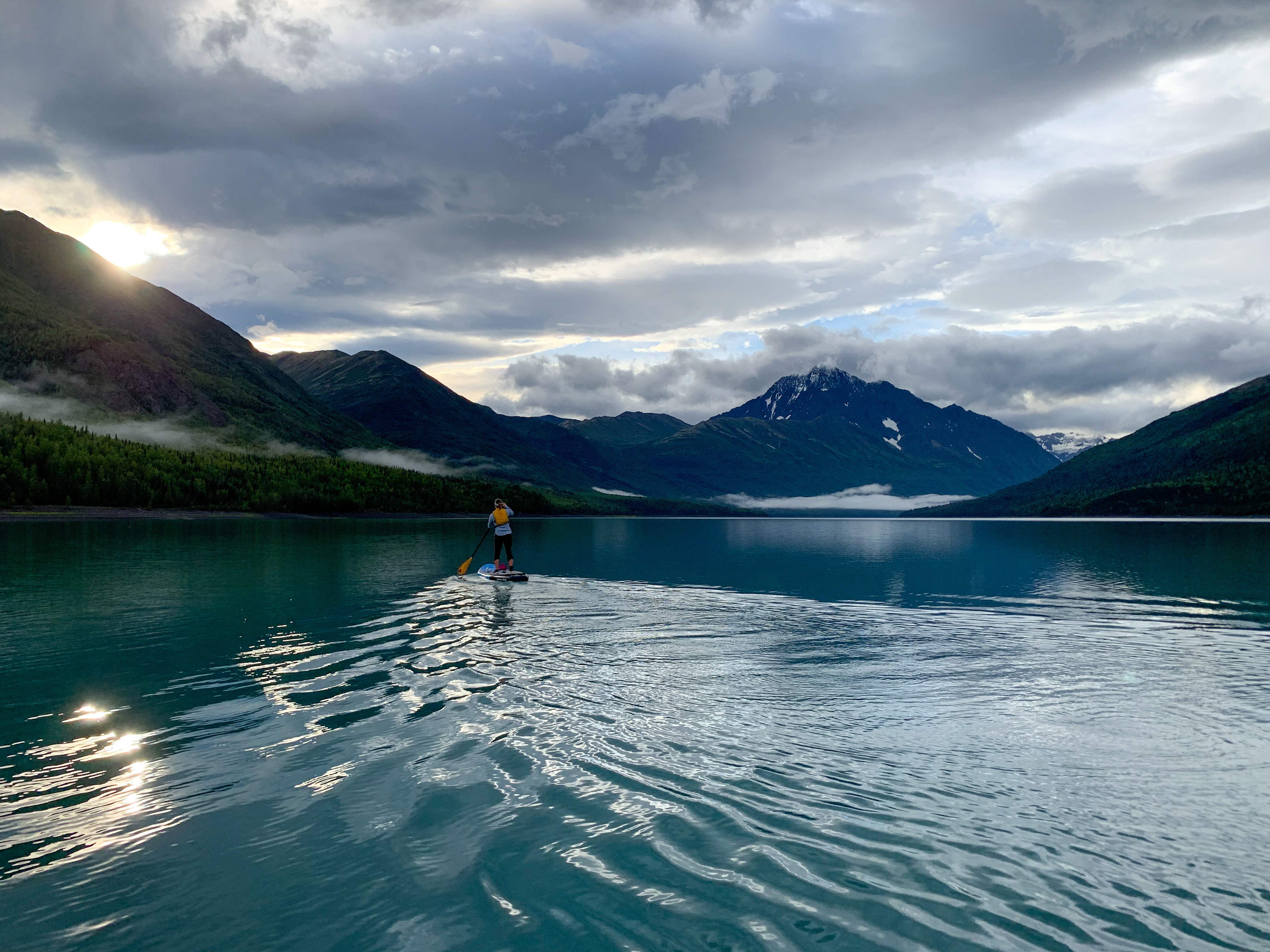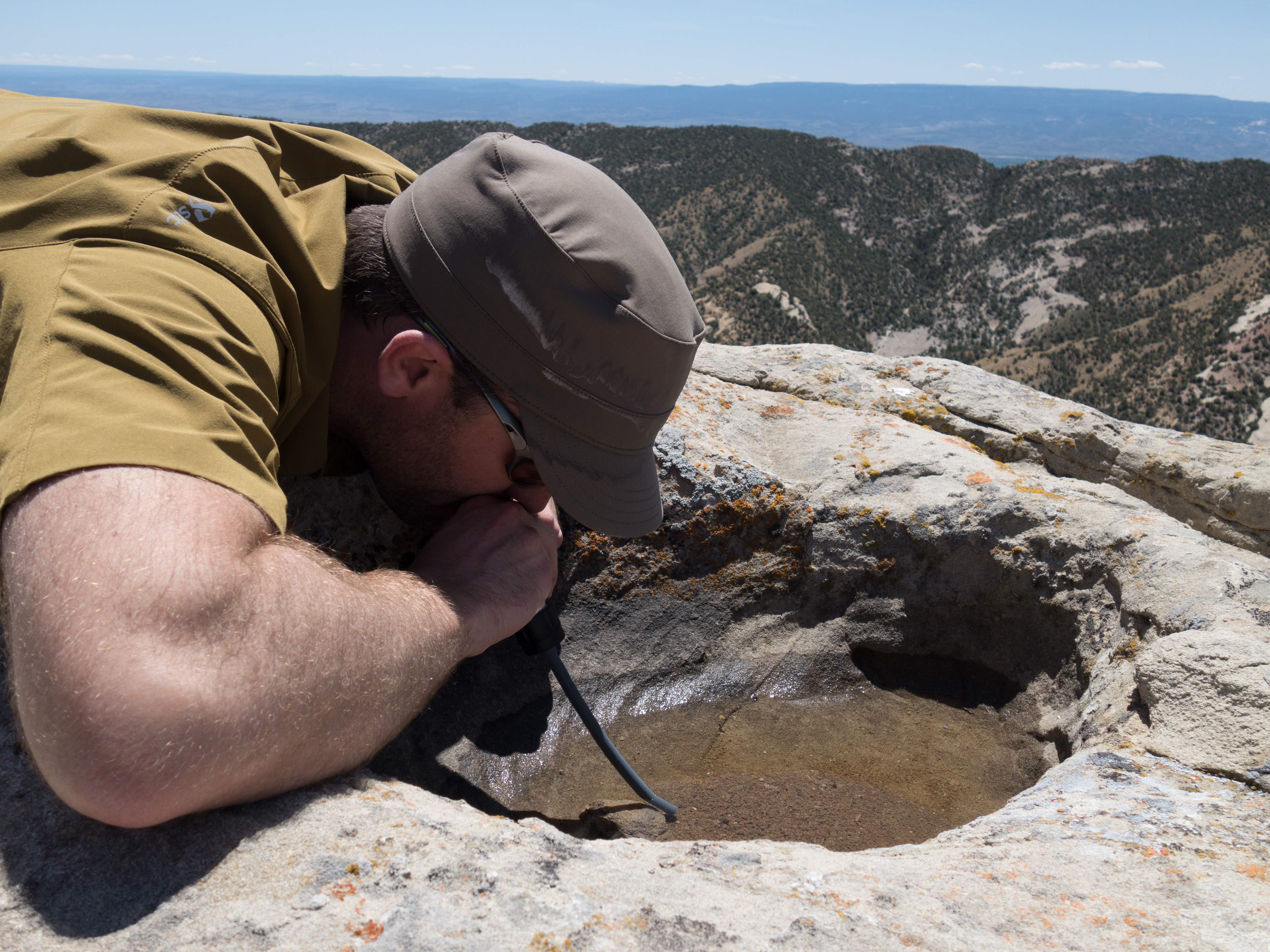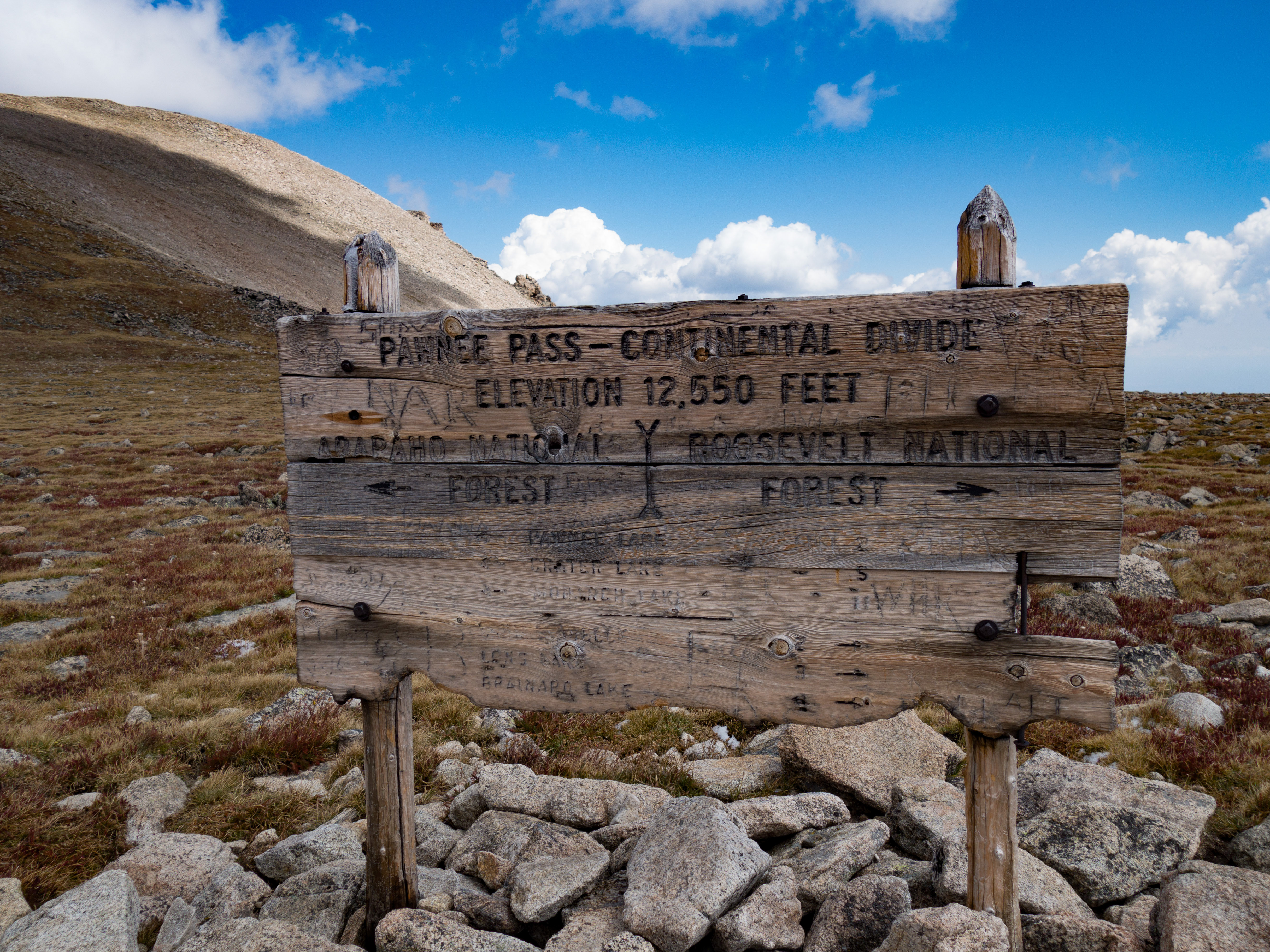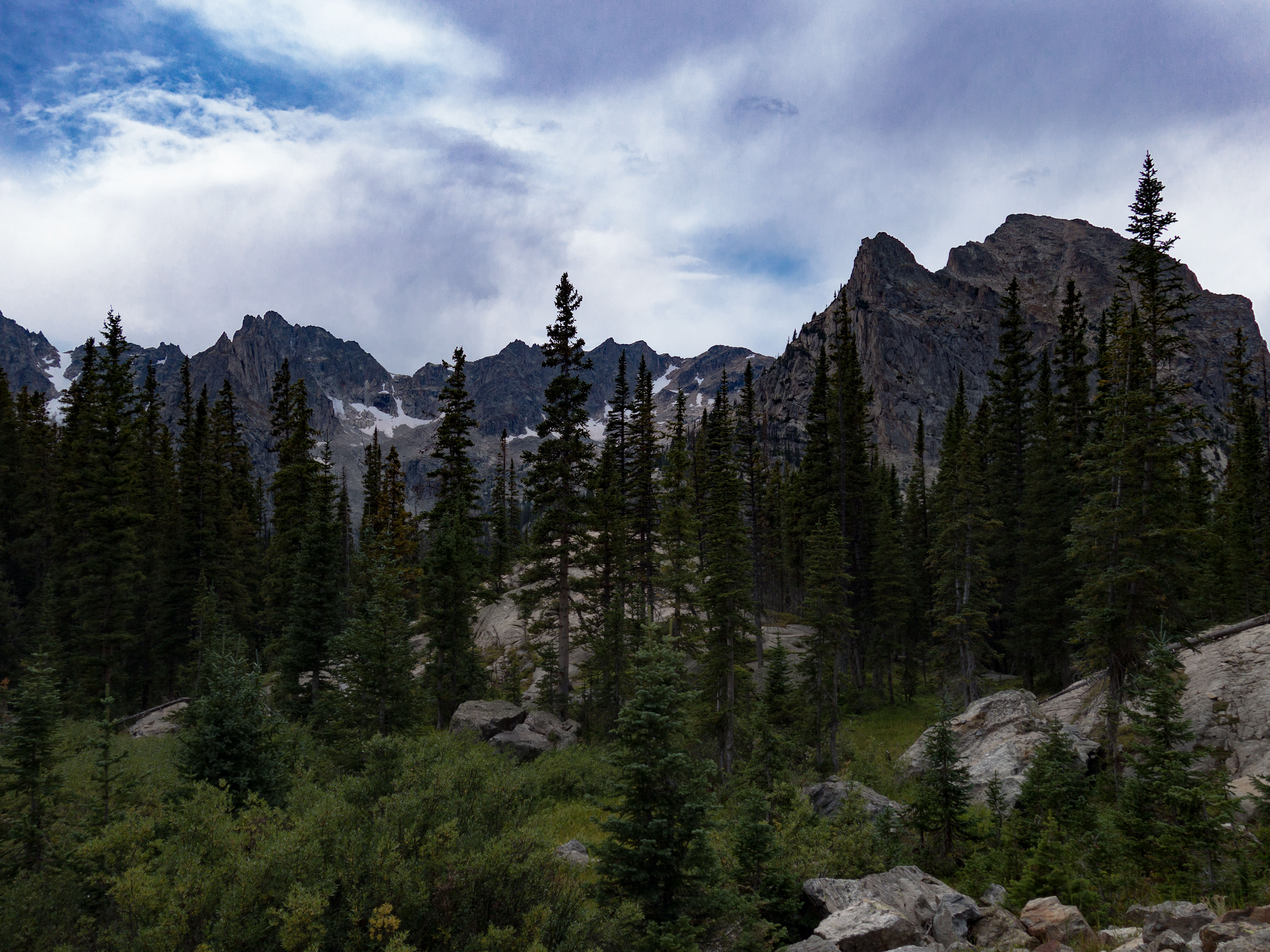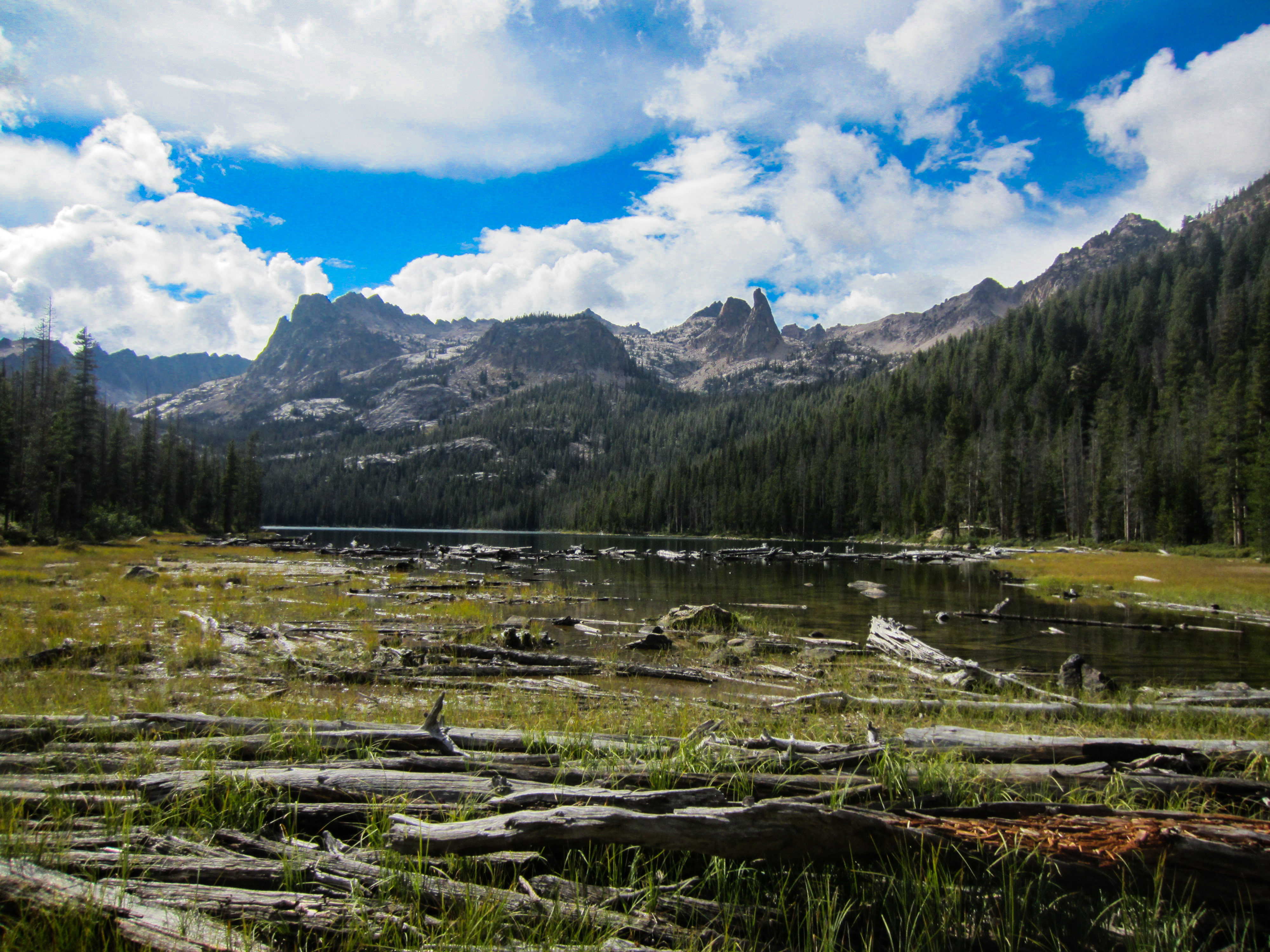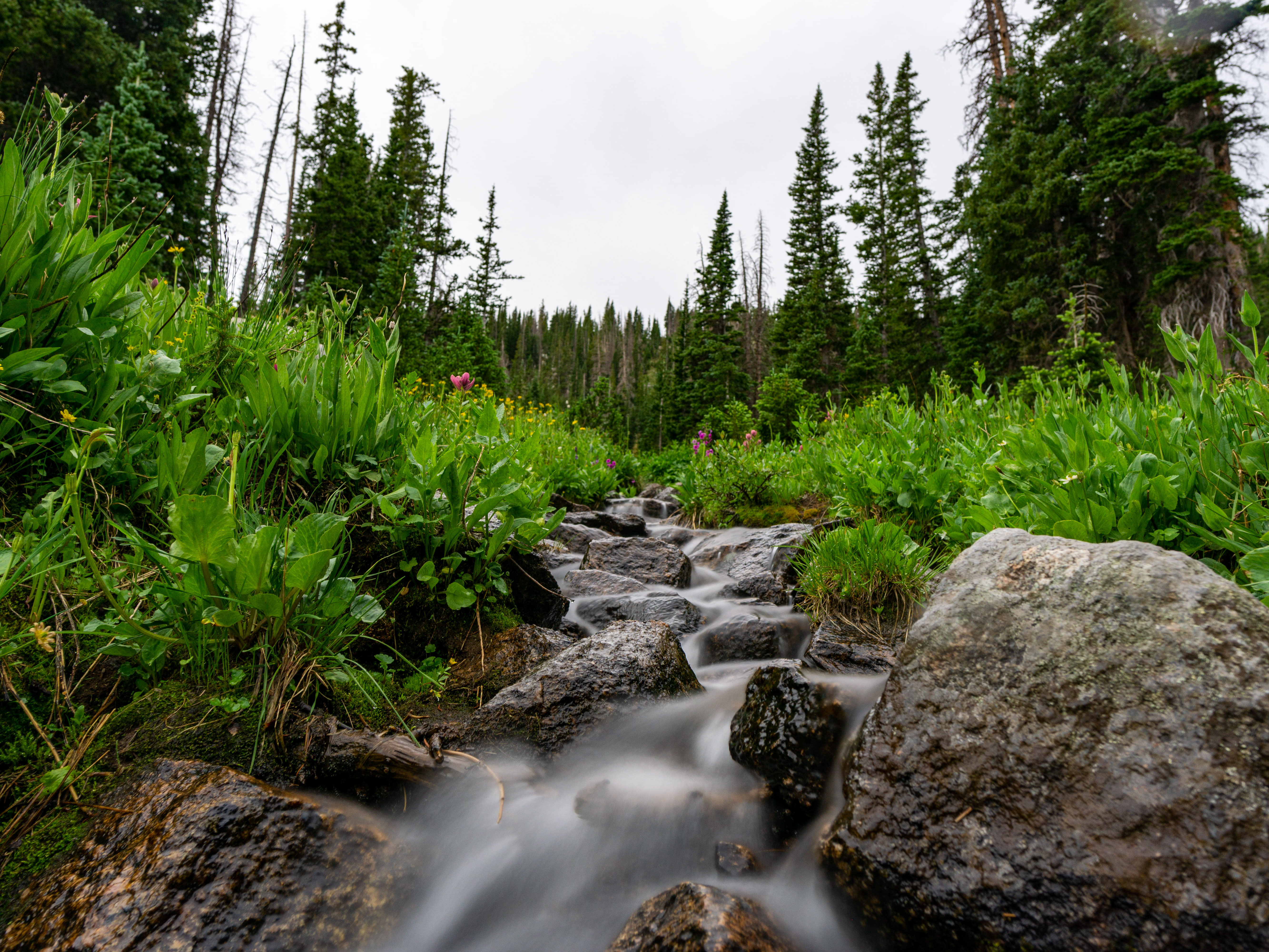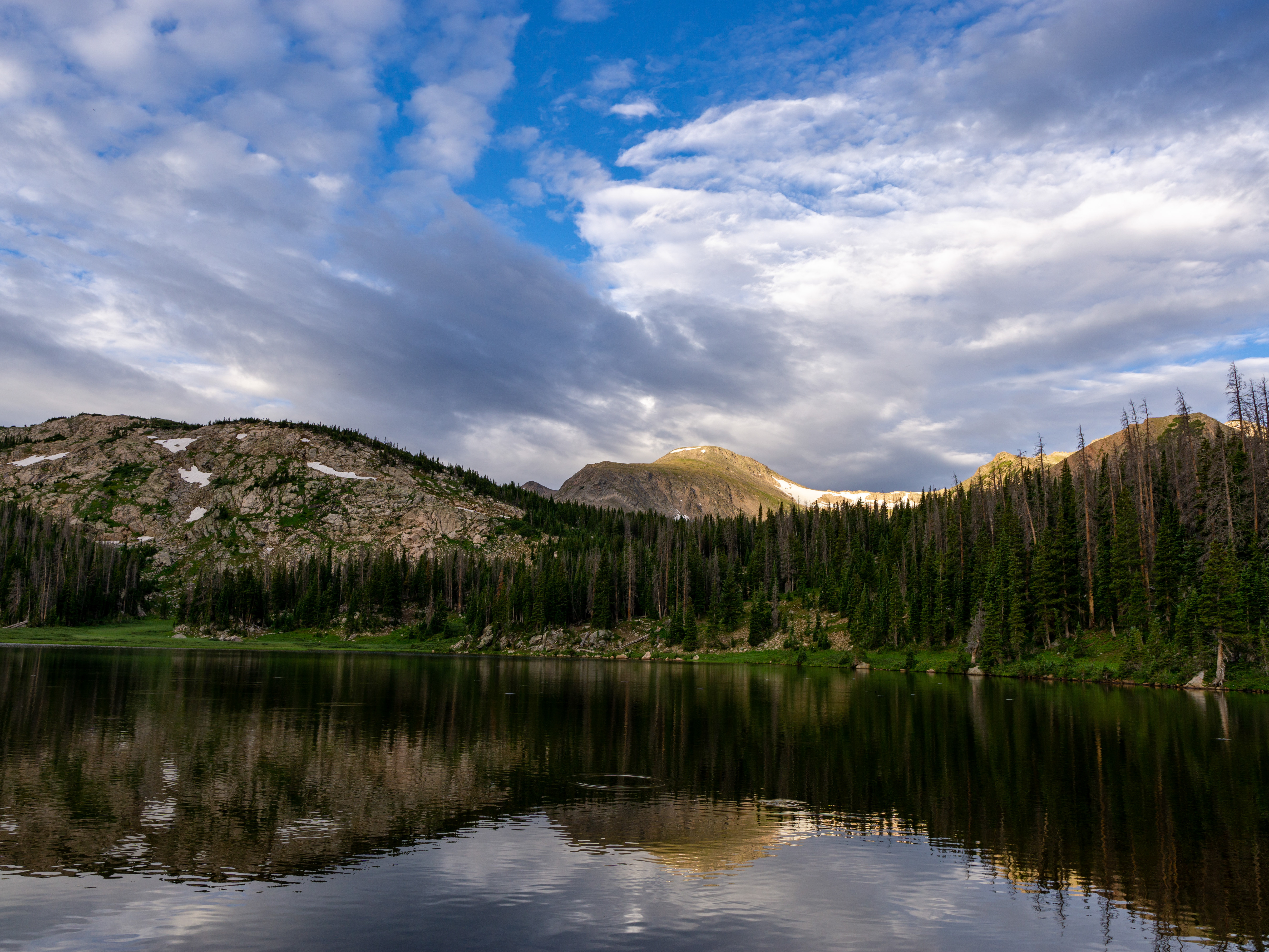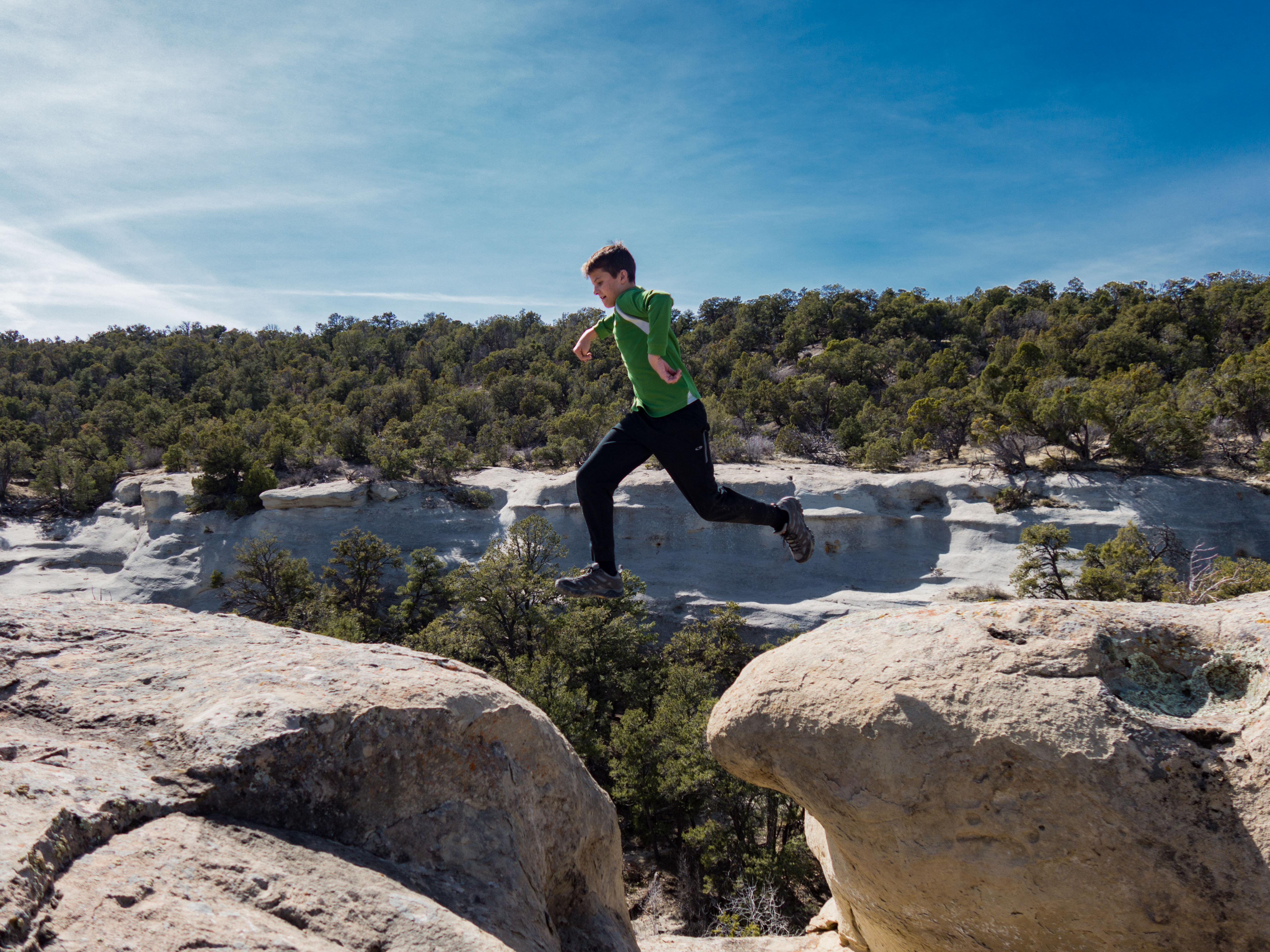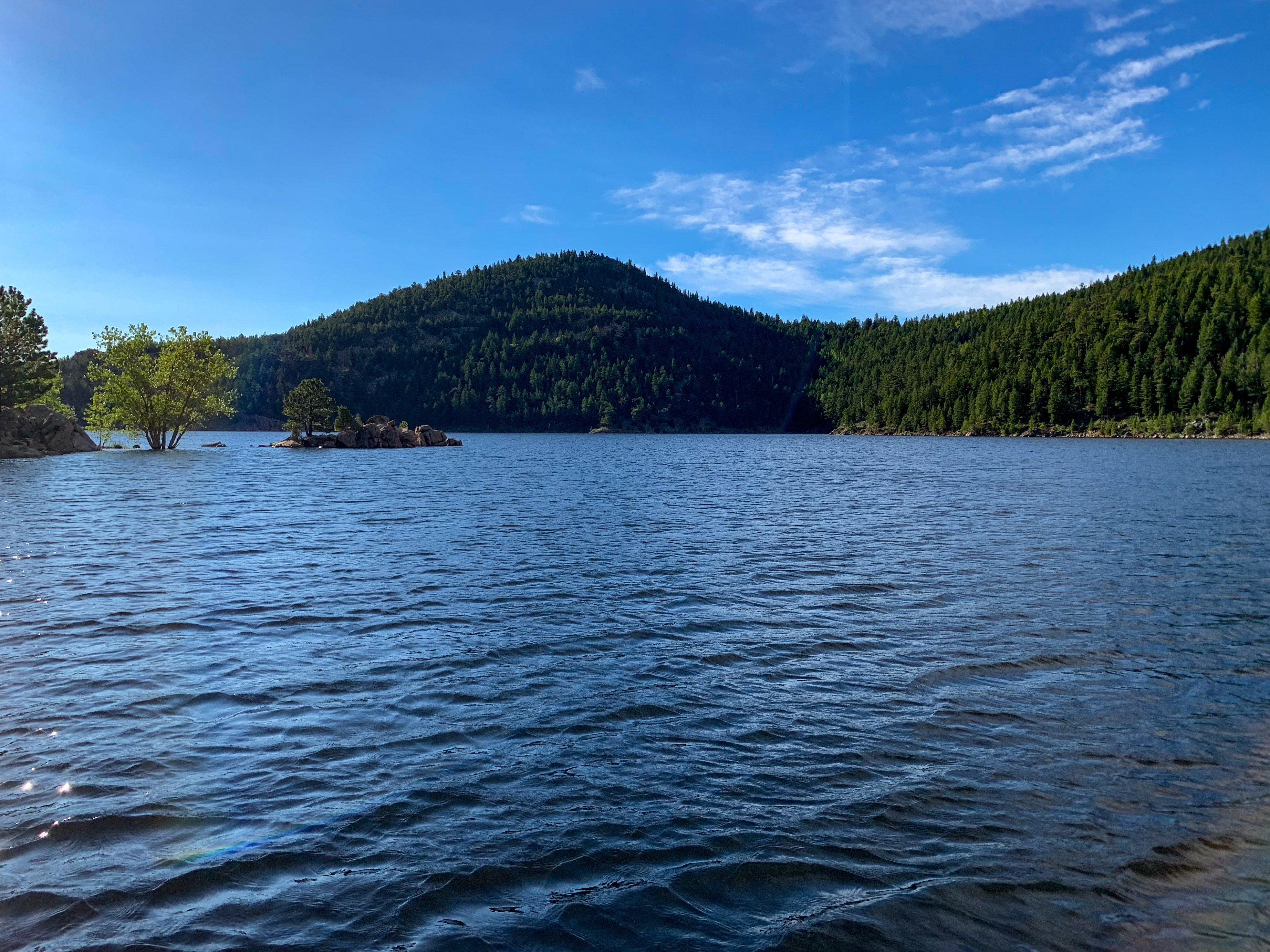The B-23 (Dragon) is a twin-engine bomber that was first flown in 1939. It was the first operational Army bomber equipped with a tail gun. The Dragon was soon replaced with bigger and more advanced planes and only 38 B-23s were built.
On January 29, 1943, one of these planes made an emergency landing at Loon Lake. A heavy snowstorm had forced the plane to reroute and caused the crew to lose their way. They spotted a small white clearing while somewhere north of McCall and belly landed on the southeast shore, sliding 150 feet through trees which sheared off both wings.
On February 3, three of the crewmen decided to hike out to find help after search planes failed to find the stranded crew. The 5 crewmen that remained at the plane were found 11 days later and were taken out in two trips by a local backcountry pilot, who successfully landed and took off on the frozen lake. The three crewman that walked out for help eventually found the Lake Fork Ranger station and were able to telephone McCall. They had spent 15 days walking a total of 35 to 40 miles through deep snow. After a total of 17 days, living on a few chocolate bars, squirrels, and woodpeckers, all 8 crewmen survived. This link provides additional information about the crew and their adventure.
My hiking partner Steve and I hiked to Loon Lake on June 13 and 14, 2014. While we did not have to battle the deep snow that the crewmen did, the effects of the 2013/2014 snow was evident with high flows in river and creeks, marshy areas around most of the lake, and elevated lake levels. We started our hike at the Chinook Campground. From this trailhead, there are two ways to reach Loon Lake – one follows the east side of the Secesh River then crosses over the river to reach the lake after about 6 miles. The other crosses the river at the trailhead and is about 1 mile shorter.
Much of this area was burned in a forest fire in 2007 and the effects of that fire are readily apparent with charred trees (some upright, though just barely, and lots of deadfall).
The path to Loon Lake with Snowy Peaks with North and South Loon Peaks in the distance
The wildflowers were out in full force.
The weatherman had predicted rain and wind for this area and he nailed the forecast, though there were some brief moments of sun.
Rain on the Trailstar with North and South Loon Peaks obscured by the storm
One particularly strong bout of wind started bringing the charred trees down around us. I had to run to get out of the way of one of these aptly named “widowmakers” as it began its decent to the forest floor.

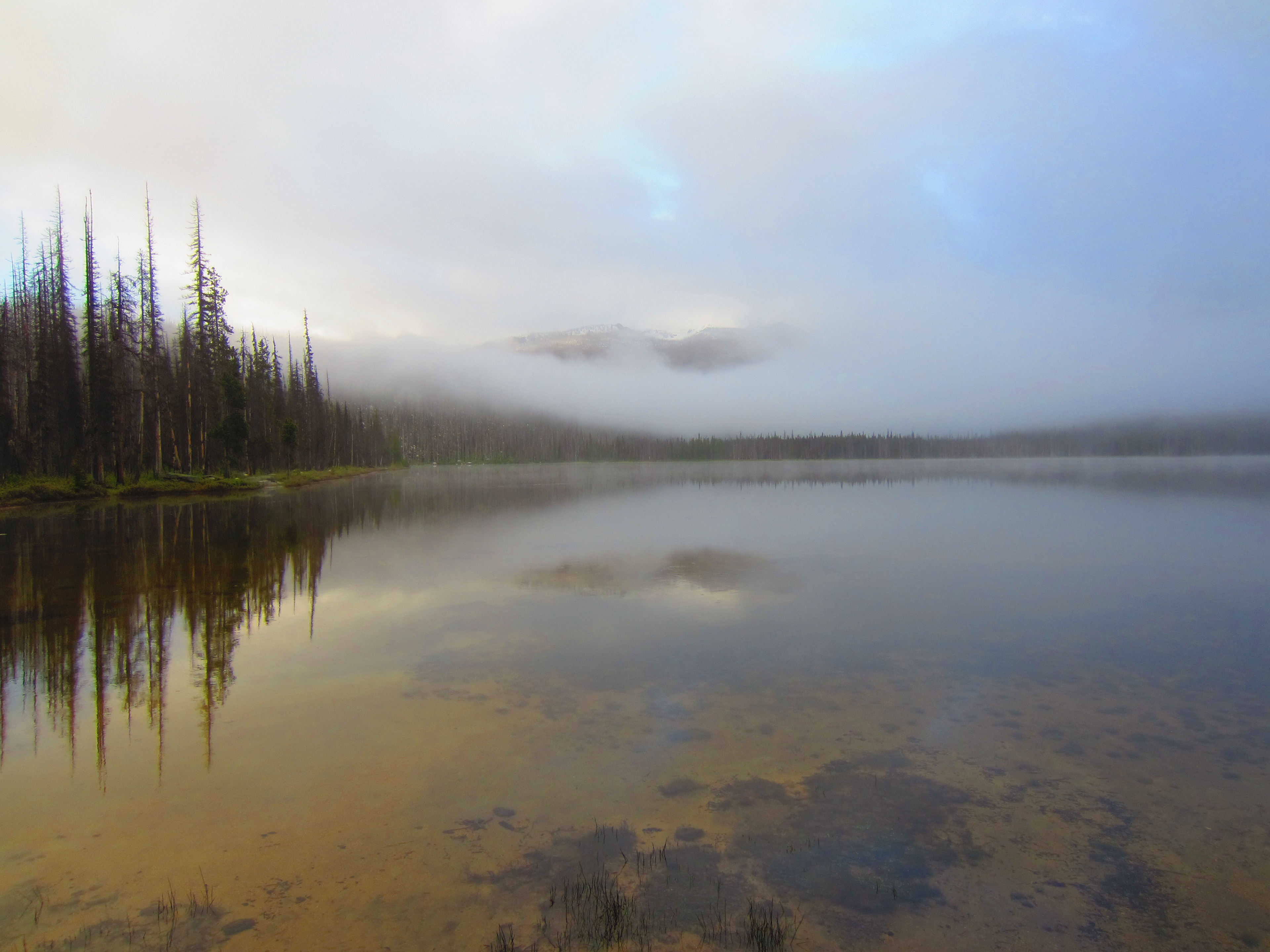
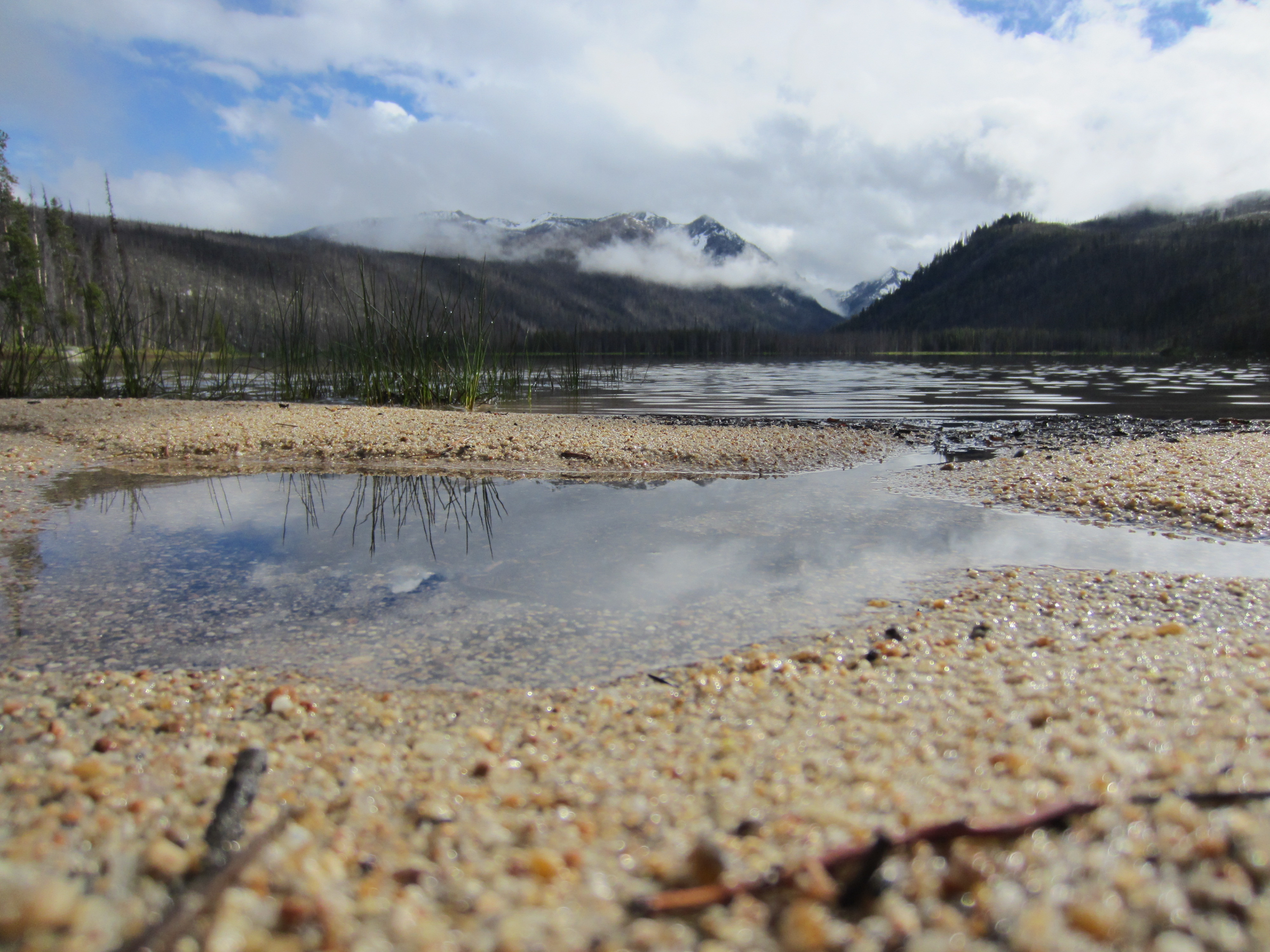
We woke up to a misty morning and could only see half way across the lake until the sun burned off some of the fog. After donning our rain gear, we set out to find the wreckage of the bomber.
Our previous attempt the day before had fallen short when we could not find a way to cross Loon Creek on the upstream side of the lake. The creek was 6 feet deep in some places. This time we headed downstream to attempt a crossing. While the creek was shallower, it was moving much more rapidly, but we found a log jam that got us half way across and rock hopped the rest of the way.
Loon Creek - don't fall in
The bomber is a little challenging to reach. We fought our way along a hillside covered with deadfall, worked out into a marshy area, and walked balance-beam-style on burned logs to reach the plane.
